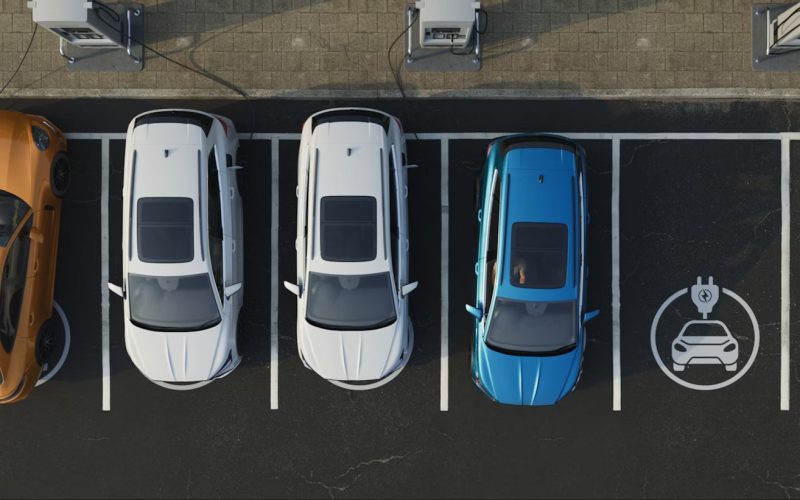Global sales of electric vehicles (EVs) are expected to continue their rapid rise, with EVs projected to account for more than 40% of all car sales worldwide by 2030, according to the latest edition of the International Energy Agency’s (IEA) Global EV Outlook.
The report shows that EV adoption remains strong despite broader economic uncertainties and pressures on the auto sector. More than 17 million electric cars were sold globally in 2024, pushing EVs past the 20% mark of the total global car market for the first time. Early 2025 data signals further momentum, with sales rising 35% year-on-year in the first quarter alone, setting new records in nearly all major markets.
China remains the world’s dominant EV market, with nearly half of all new cars sold in 2024 being electric—over 11 million units in total, equivalent to global EV sales in 2022. Strong growth is also being seen in emerging markets in Asia and Latin America, where sales surged more than 60% last year.
In contrast, Europe experienced stagnation in EV uptake as subsidies and other supportive measures declined, though electric cars still maintained a market share of around 20%. The United States recorded more modest growth of 10% year-on-year, with electric cars representing just over 10% of total car sales.
“Despite significant uncertainties, electric cars remain on a strong growth trajectory globally,” said IEA Executive Director Fatih Birol. “This year, we expect more than one in four cars sold worldwide to be electric, with growth accelerating in many emerging economies. By the end of the decade, it’s set to be more than two in five as EVs become increasingly affordable.”
While global economic shifts and changes in industrial and trade policies may influence the outlook, the IEA attributes the sustained rise in EV sales largely to falling prices and improving cost-competitiveness. The average price of battery electric cars declined in 2024 amid intensifying market competition and lower battery costs.
In China, where production dominates the global EV market, around two-thirds of electric cars sold in 2024 were cheaper than comparable petrol or diesel models—even without subsidies. However, the price gap remains in markets such as Germany and the U.S., where EVs still cost 20–30% more than conventional vehicles. Nonetheless, EVs are typically cheaper to operate, with electricity costs often making them significantly more economical to run, even if oil prices fall.
China exported nearly 1.25 million electric vehicles last year, with many going to emerging economies. These exports accounted for nearly one-fifth of global EV sales and contributed to substantial price reductions in recipient countries.
The report also highlights the rapid growth of electric trucks, with sales rising by about 80% globally in 2024, now representing close to 2% of all truck sales. China led this surge, driven by the lower operating costs of electric heavy-duty trucks despite their higher upfront prices. Complementing the Outlook, the IEA has released updated versions of its Global EV Data Explorer and Global EV Policy Explorer tools. A special report examining the future of the global car industry and strategies for ensuring supply chain resilience amid the EV transition is expected later this year.





















